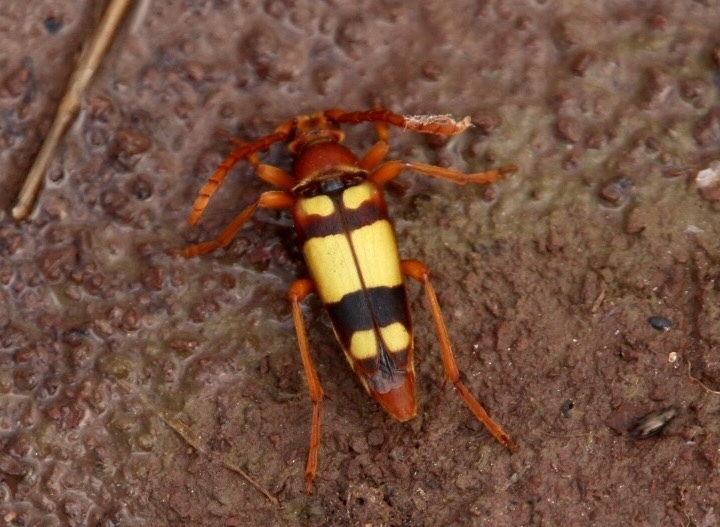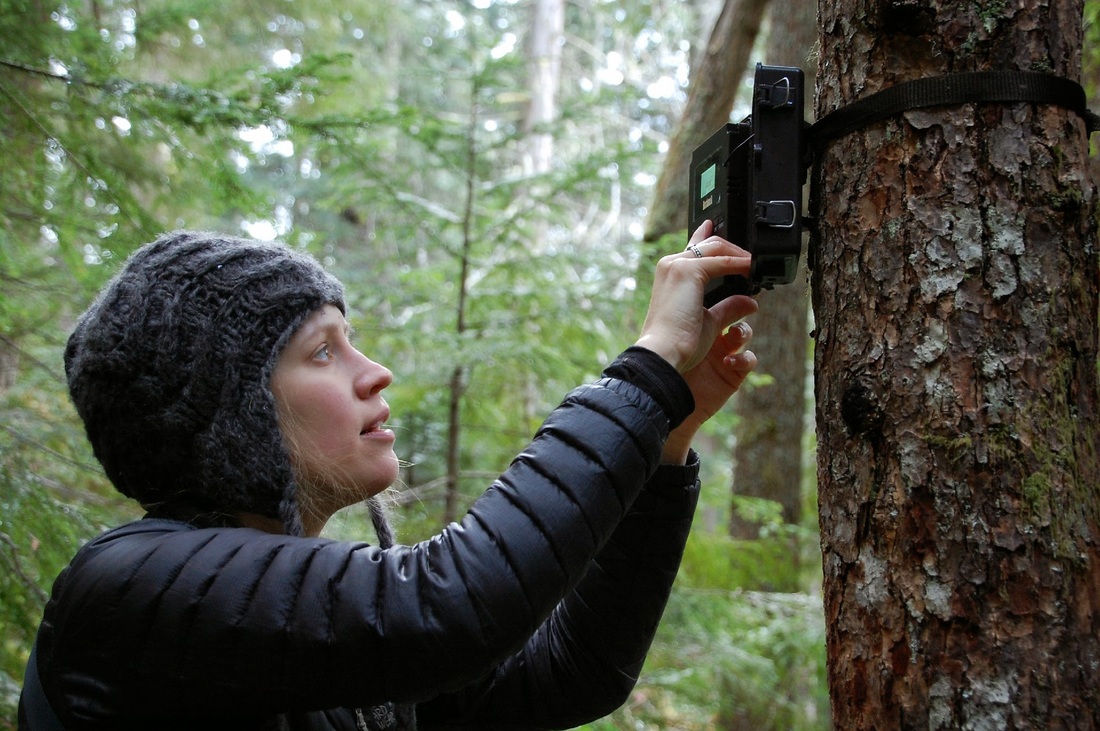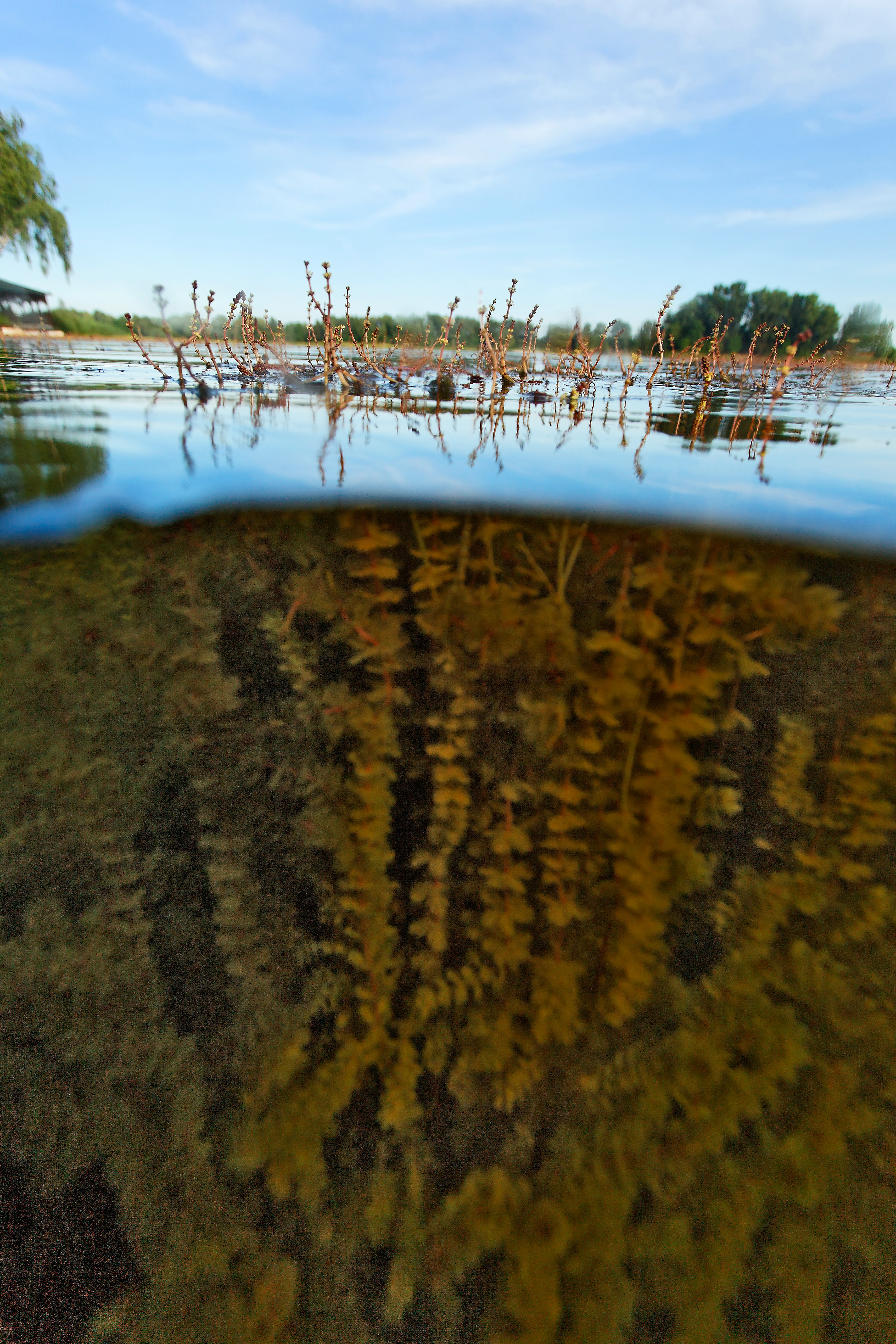
The Kaibab National Forest in Arizona is alive with colorful birds, cottontail rabbits, and ponderosa pines. If you’ve ever hiked through its rugged terrain, you may have wondered about the various species of plants and wildlife you saw along the way.
The USDA Forest Service is also glad to know what you spotted. During the 2017 calendar year, the Kaibab National Forest hosted a year-long bioblitz to document as many flora and fauna as possible. Visitors snapped photos of plants and animals as they enjoyed the Forest, and uploaded those photos and their locations to iNaturalist, a free app that documents observations of living things all over the world. After photos were uploaded, a community of experts, including Forest Service staff, helped identify what was captured in the picture. The project began on January 1st of 2017 and ran through the end of the year.
“The Forest Service benefits in so many ways from this project, like getting amazing photos for educational materials and identifying management issues," said Natasha Kline, Forest Biologist for the Kaibab National Forest. "For example, it's really important for us to get pictures of invasive plant species. Staff might want to go out and take a look to see if we need to deal with it right away.”

The project is also important in documenting the abundance and distribution of rare species. The locations of rare species isn't something they want to advertise because it could put the species at risk– iNaturalist takes care of that by adjusting the location and making it clear that the place displayed isn’t exactly where the photograph was taken.
One user, Arthur Gonzales, is the fire staff officer for the Kaibab National Forest. His account on iNaturalist is birding4fun, and he was the most prolific uploader to the project, with over 400 observations to date. One day he was exploring the Forest with his family and took a photo of a black and yellow beetle with long antenna.
"That evening, I spent a couple hours trying to identify the beetle, but got to the point that I just posted the picture on iNaturalist hoping others would help with the identification,” said Arthur. “A few days later, the comments rolled in and my family and I were blown away with our find.”
Turns out, the beetle was the rare Typocerus gloriosus, which had never been photographed before. His photo was the Observation of the Week on the iNaturalist blog. Beetle expert Boris Büche identified the observation and said, “In 1976, no more than five specimens were known to science. It is readily identified by its color pattern, being one of the most beautiful, and most scarce Longhorn beetles on U.S. territory.”

The Kaibab citizen science project brings together experts who can identify and discuss the species observed in the photographs. Over 100 people were involved in the project, including students at Williams Middle School. The school is located within Forest boundaries, so any observation made on school grounds were added to the Kaibab project.
“We had a number of us go over there and teach iNaturalist to all the kids, and they went on to make their own observations and learn about the different species,” said Mark Christiano, geographic information systems coordinator for the Kaibab National Forest. “About a month later we invited the students out to the Williams Ranger District Office and presented awards to the kids who had gotten the highest numbers of observations. I think we were really able to engage the kids in a great blend of smartphone technology and going for walks with their families to learn about different species of the Kaibab.”
"The number of Forest Service employees in my classroom was phenomenal.” said Isabel Caldwell, a Williams Middle School science teacher. “Students were able to learn about a bunch of different parts of the Forest Service, and the adult-to-student ratio allowed for small groups while working outside. Students were also able to learn how they can contribute to science in their own home, and they were given a tool to help them do that.”
With the help of the students and other citizen scientists, Forest Service ecologists can get a better picture of plant and animal diversity on the Kaibab National Forest. But you don’t have to be in the Kaibab area to join in—you can contribute to a Forest Service project near you by searching the iNaturalist website. Grab your phone and head out to your favorite trail – your national forests await you.



